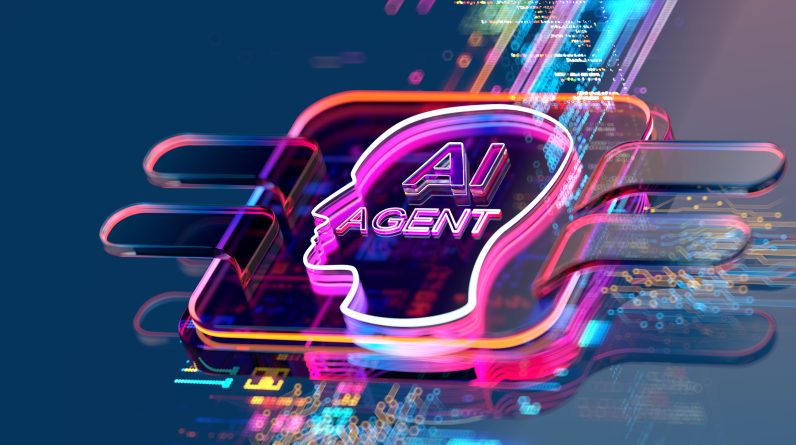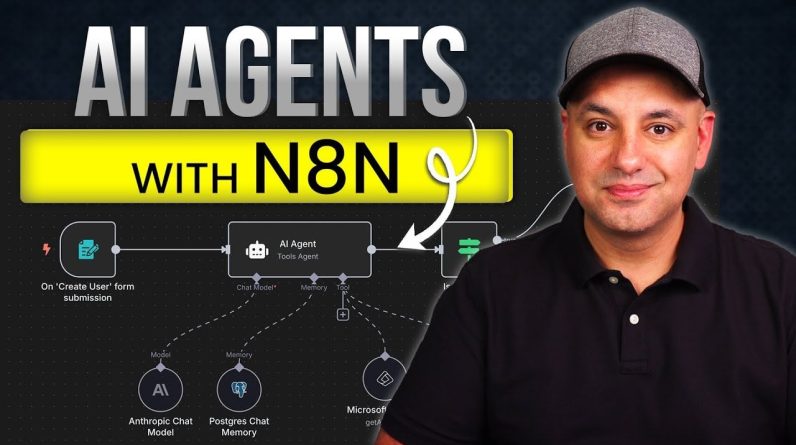
In this article we will show you how you can create a tutorial with the help of AI tools like ChatGPT. Creating a tutorial can be a rewarding experience, whether your goal is to disseminate valuable knowledge, establish yourself as a subject matter expert, or foster a vibrant learning community, the process can be immensely fulfilling. With the advent of sophisticated AI tools such as ChatGPT, the landscape of content creation has undergone a profound transformation. These tools not only facilitate the brainstorming of innovative ideas but also assist in refining drafts and polishing final pieces, enhancing the overall quality and impact of the content. Throughout this article, we will explore how to harness the capabilities of ChatGPT to construct a tutorial that is not only rich in detail and information but also captivating and effective in delivering its message.
Step 1: Define Your Topic and Objectives
Before you dive into writing, it’s crucial to clearly define what your tutorial will cover. A well-defined topic and set objectives ensure that your content remains focused and meets the needs of your audience. Consider what you are passionate about or what skills you possess that others might benefit from learning.
Using ChatGPT: Start by asking ChatGPT to help brainstorm potential topics based on your interests. You can also ask for examples of objectives for tutorials in your chosen field to ensure that your goals are specific, measurable, achievable, relevant, and time-bound (SMART).
Step 2: Research and Gather Information
Thorough research is the backbone of any informative tutorial. Even if you’re an expert in the subject, verifying facts and exploring different perspectives enhances the quality of your content.
Using ChatGPT: Leverage ChatGPT’s vast database of knowledge to ask about the latest trends, essential concepts, and common questions people have about your topic. This AI can provide summaries of research articles, explain complex theories, or suggest resources where you can gather more detailed information.
Step 3: Structure Your Tutorial
Organizing the content of your tutorial ensures a logical flow that makes it easier for readers to follow and learn. Typically, a tutorial might include an introduction, step-by-step instructions, examples, and a conclusion.
Using ChatGPT: Ask ChatGPT to help outline your tutorial. Provide it with your objectives and main points, and it can suggest a coherent structure. You can also discuss different pedagogical approaches, such as problem-based learning or the use of multimedia, to make your tutorial more engaging.
Step 4: Write the First Draft
With your structure in place, you can start writing your tutorial. This is where you transform your outline into an informative and engaging piece.
Using ChatGPT: Use ChatGPT as a writing assistant. You can dictate sections of your tutorial to see how they sound, or you can ask the AI to generate sample paragraphs to inspire your writing. However, it’s important to infuse your personal touch and expertise to make the content uniquely helpful.
Step 5: Include Examples and Visuals
Examples and visuals play a crucial role in explaining complex information and breaking down steps into digestible pieces. They enhance understanding and retention for your readers.
Using ChatGPT: Request specific examples or ask for help in creating diagrams or charts that can illustrate your points more clearly. Although ChatGPT cannot create images directly, it can describe how to design them or suggest tools that can be used to generate visuals.
Step 6: Revise and Edit
Editing is critical to ensure your tutorial is clear, engaging, and free of errors. This stage involves refining your language, correcting mistakes, and ensuring your content flows logically.
Using ChatGPT: Ask ChatGPT to review sections of your tutorial for clarity and coherence. It can suggest rephrases, point out redundancies, or help tighten your prose. Additionally, you can use the AI to check for grammatical errors or stylistic issues.
Step 7: Get Feedback
Before finalizing your tutorial, it’s beneficial to get feedback from others. This could be from peers, potential learners, or even other experts in the field.
Using ChatGPT: While ChatGPT can’t provide personal feedback, you can use it to simulate potential reader questions or objections, helping you to anticipate areas that might need further clarification or additional detail.
Step 8: Publish and Share
Once your tutorial is polished and ready, it’s time to publish. Choose the right platform for your content, whether it’s a blog, a website, or a social media platform.
Using ChatGPT: Ask ChatGPT for advice on the best platforms for your tutorial’s topic, how to optimize your content for search engines, and strategies for promoting your tutorial online to reach a wider audience.
Summary
Utilizing ChatGPT to assist in the development of a tutorial can significantly streamline every stage of the creation process, from the initial brainstorming of ideas to the meticulous refinement of the final drafts. This advanced AI tool can be a powerful ally in enhancing the overall quality of your content, ensuring that it not only meets but exceeds the educational expectations of your audience. By adeptly leveraging ChatGPT, you can deliver your knowledge in a manner that is both clear and engaging, making complex ideas accessible and enjoyable to learn. It’s important to remember that the primary aim is to use AI to augment and enrich your own expertise and creative efforts, rather than to serve as a substitute. With this symbiotic approach, you’re well on your way to producing compelling educational content.
Filed Under: Guides
Latest Geeky Gadgets Deals
If you buy something through one of these links, Geeky Gadgets may earn an affiliate commission. Learn about our Disclosure Policy.
Originally Appeared Here








